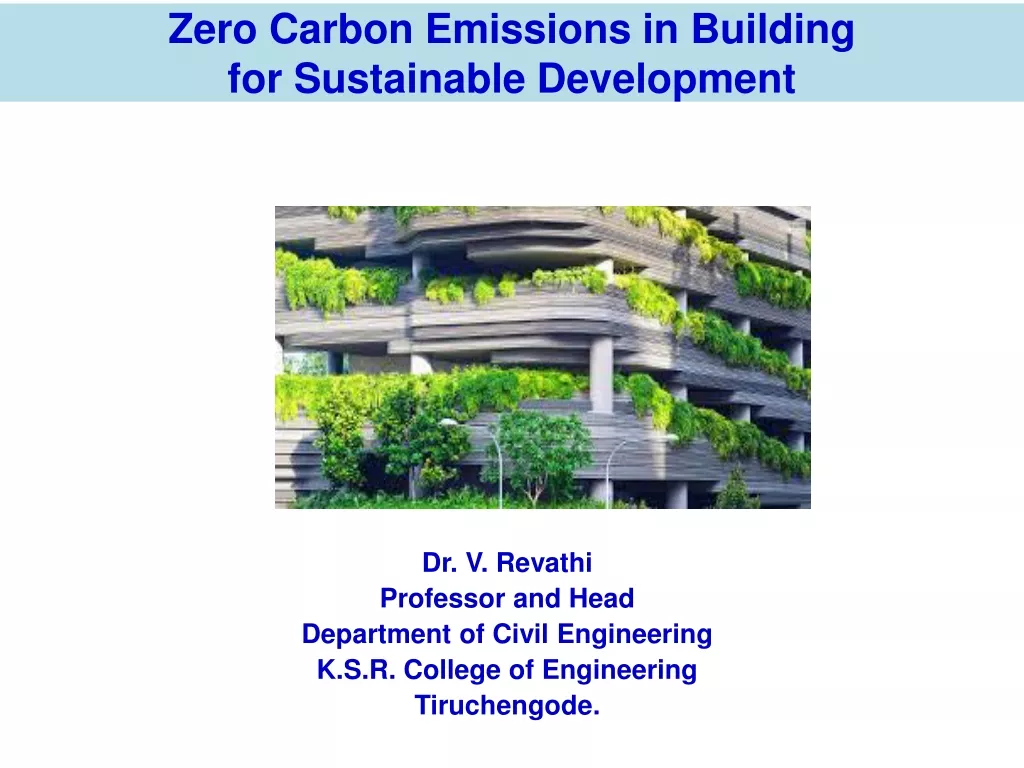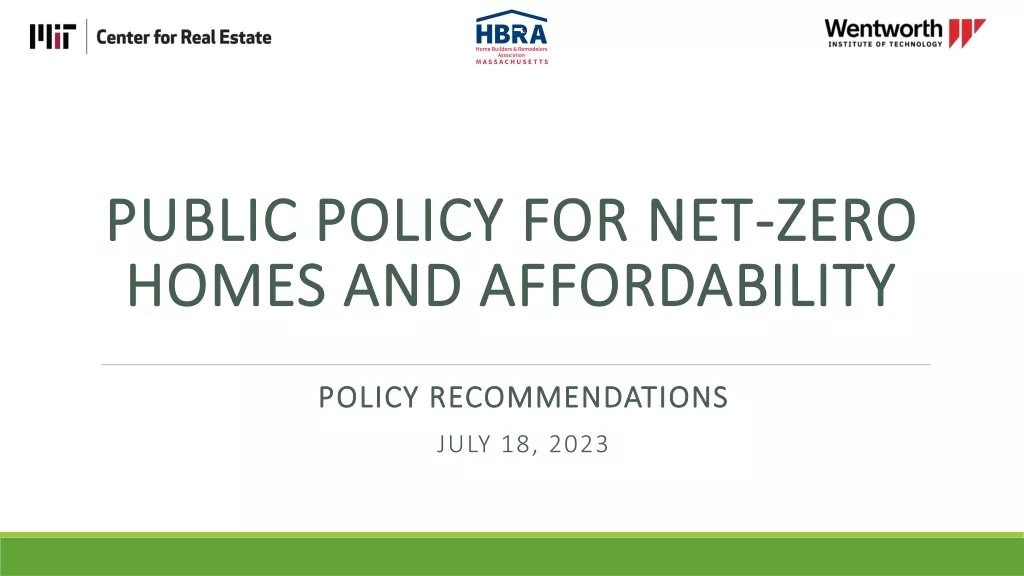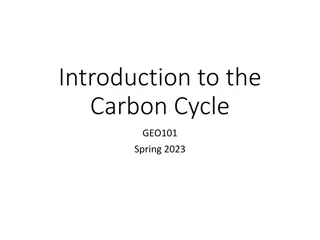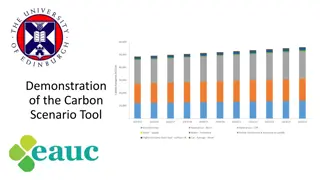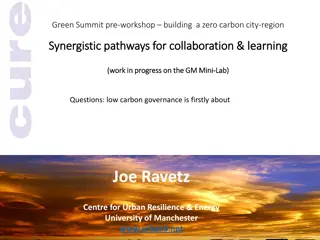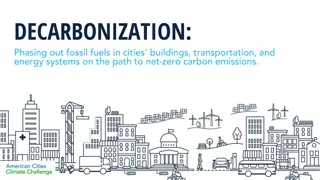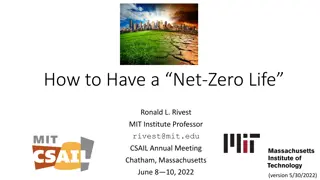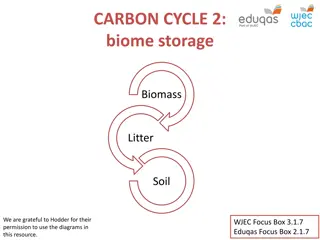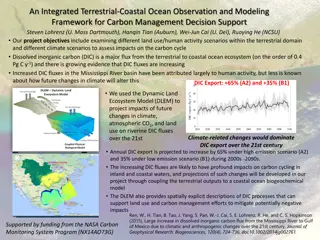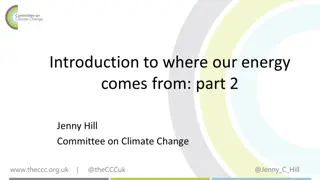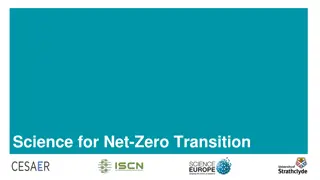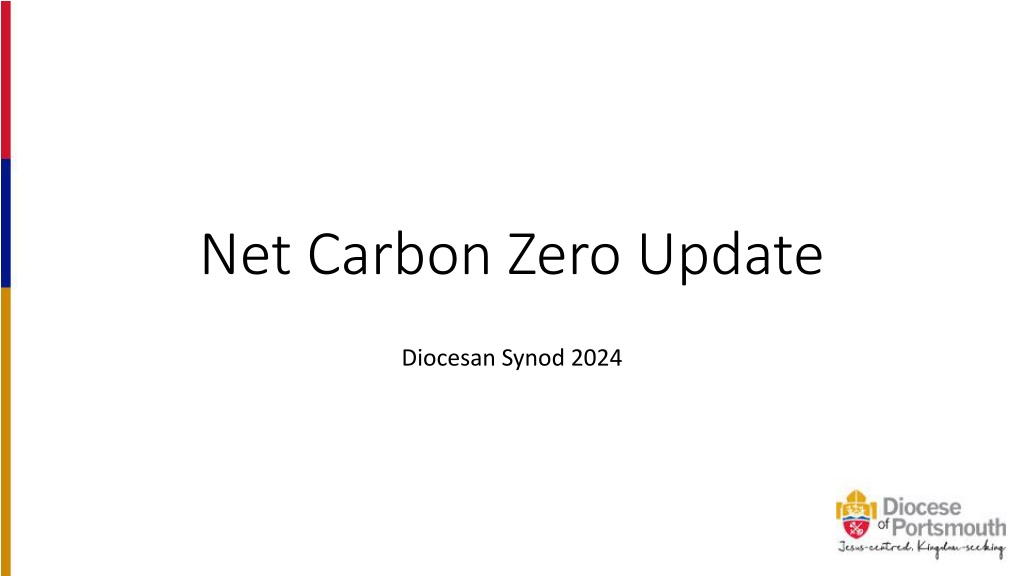
Achieving Net Zero Carbon Goals in Diocesan Synod 2024
"Learn about the Diocesan Synod's initiative to achieve net zero carbon emissions by 2030, supported by the National Church. Explore the actions taken, grants offered, and progress made towards a sustainable future. Join the movement towards environmental stewardship and climate action today."
Download Presentation

Please find below an Image/Link to download the presentation.
The content on the website is provided AS IS for your information and personal use only. It may not be sold, licensed, or shared on other websites without obtaining consent from the author. If you encounter any issues during the download, it is possible that the publisher has removed the file from their server.
You are allowed to download the files provided on this website for personal or commercial use, subject to the condition that they are used lawfully. All files are the property of their respective owners.
The content on the website is provided AS IS for your information and personal use only. It may not be sold, licensed, or shared on other websites without obtaining consent from the author.
E N D
Presentation Transcript
Net Carbon Zero Update Diocesan Synod 2024
Background General Synod made the following decision in February 2020: That this Synod, recognising that the global climate emergency is a crisis for God s creation, and fundamental injustice, and following the call of the Anglican Communion in ACC Resolutions A17.05 and A17.06: 1. Call upon all parts of the Church of England, including parishes, BMOs, education institutions, diocese, cathedrals and the NCIs, to work to achieving year-on-year reductions in emissions and urgently examine what would be required to reach net zero emissions by 2030 in order that a plan of action can be drawn up to achieve that target; 2. Request reports on progress from the Environmental Working Group and the NCIs every 3 years beginning in 2022; and 3. Call on each Diocesan Synod and cathedral Chapter to address progress towards net zero emissions every 3 years.
Support from National Church to each diocese Initial stater grant of 15k to each diocese to work up a diocesan NZC action plan by the end of 2023. Ours was presented to Synod in November 2023. This unlocked further Capacity Building Funding. We were award 100k in December 2023 for 2024/25 which is currently funding our share of the NZC programme manger (0.2) (shared with Chichester and Guildford), the diocesan environmental officer (0.4) and a NZC support officer. (0.4)
The grant is made subject to progress against the National NZC action plan. 4.1.1. All dioceses to convene a Net Zero Carbon working group, with senior representatives. 4.1.2. provided by the national Carbon Emissions report from Research and Statistics. All dioceses provide an annual carbon emissions report to Diocesan Synod using the results 4.1.3. All dioceses develop a communication strategy focusing on the why , the theology, and make it positive. 4.1.4. All dioceses provide a Net Zero Carbon Action Plan. The plan should make reference to the Practical Path to Net Zero and actively consider implementation of quick wins , how to decarbonise heat, how to reduce energy consumption and how to encourage behaviour change.
4.1 Net Zero Carbon working group We have expanded the Diocesan Environmental Advisory Group and this now includes representation from each of the deaneries. Members of the group were actively present at the archdeacon s visitations and made great strides in connecting with area deans so that there is greater tie in with deanery synods. Acting Archdeacon Bob has joined the group as the member of bishop s senior staff team.
4.2 Annual Carbon Emissions report Due to personnel issues at national church level, the data for 2022 has not yet been released. This has now been outsourced and we are promised that data by the end of 2024. Our diocese was the only one with a 100% return of the EFT and so we are able to work on our own figures for 2023 which will be the next part of this presentation.
4.3 Comms Strategy This was agreed at the February Bishop s Council meeting and we now have the key theology messages from bishop Jonathan to help parishes with their plans to NZC and environmental projects.
4.4 NZC Action Plan This was approved at the November 2023 Synod but is regularly reviewed by the NZC staff team and the Diocesan Environmental Advisory group. The plan is sufficiently broad as to not require major revision, but individual parishes are encouraged to adopt a similar approach to NZC and to especially work up a heating strategy, looking at how they will move away from dependency on fossil fuels.
EFT Report 100% return on data for 2023 Covering 204 churches and church halls. Showing overall emissions of 1240 tonnes of carbon. 59 of the buildings are heated by electricity (29%) 118 of the buildings are heated by gas (58%) 27 of the buildings are heated by oil (13%)
Carbon per fuel source 59 of the buildings are heated by electricity (29%) These produce 110 tonnes of carbon, an average of 1.8 tonnes each although 42 (70%) of these produce less than the average. 118 of the buildings are heated by gas (58%) These produce 900 tonnes of carbon, an average of 7.5 tonnes each although 67 (55%) of these produce less than the average. 27 of the buildings are heated by oil (13%) These produce 230 tonnes of carbon, an average of 8.5 tonnes each although 15 (55%) of these produce less than the average.
Top emitters The top 10 emitters (2 oil, 8 gas) produce 200 tonnes of carbon, an average of 20 each. (Top 5% produce about 20%) The top 40 emitters (10 oil, 26 gas, 4 electric) produce 600 tonnes of carbon, an average of 18 tonnes each. (Top 20% produce about 50%) Top 102 emitters produce 1000 tonnes of carbon. (16 oil, 75 gas, 9 electric) Bottom 102 emitters produce 200 tonnes of carbon. (11 oil, 43 gas, 50 electric) (Top 50% produce 80%, bottom 50% produce 20%) The bottom 10 emitters (1 gas, 9 electric) produce 0.5 tonnes of carbon, an average of 0.05 tonnes each (Bottom 5% produce less than 1%) The bottom 40 emitters (5 gas, 35 electric) produce 14 tonnes of carbon, an average of 0.35 tonnes each. (Bottom 20% produce just over 1%)
Current and future plans To work with the 27 churches with oil heating to put NZC action plans and energy audits in place. To work with these churches on heating replacement strategies. To work with the top 10 emitters on NZC action plans, energy audits and heating replacement strategies. Three churches have been selected as national demonstrator projects. Two of these are in the top 10 emitters, with the largest oil and electric footprints.

